28.35 zł
Zamówienie wyślemy do 00 00 00
| Autor | |
|---|---|
| ISBN | |
| Rok wydania | |
| Liczba stron | |
| Format | |
| Cena katalogowa |
TABLE OF CONTENTS
INTRODUCTION
CHAPTER 1. THE MAIN HIGHLIGHTS OF PEDAGOGICAL LEXICOGRAPHY AND GRAMMATICOGRAPHY
1.1. Pedagogical lexicography and grammaticography as particular subject fields
1.2. Lexicography as a particular subject field
1.2.1. Brief historical perspective and the definition of the term
1.2.2. On the scope of pedagogical lexicography
1.3. Typology of lexicographic works of reference (dictionaries)
1.3.1. Dictionary typology
1.4. Learner-oriented dictionaries
1.4.1. English pedagogical dictionaries – historical background
1.4.2. Pedagogical dictionary – its users and functions
1.5. Grammaticography as a field of study
1.5.1. General issues in grammaticography
1.5.2. The meanings of grammar
1.5.3. Grammar and its teaching implications
1.6. Typology of grammaticographic works
1.6.1. A comparative grammar
1.6.2. A synchronic vs. diachronic approach to grammar
1.6.3. Descriptive vs. prescriptive grammar
1.6.4. Formal vs. functional grammars
1.7. Encircling the scope of pedagogical grammar
1.7.1. Summary
CHAPTER 2. FACING GRAMMAR PROBLEMS WITH THE AID OF LEXICOGRAPHIC TOOLS
2.1. Grammatical and lexicographic description: introductory remarks
2.2. The ways of presenting grammar in dictionaries
2.3. The lexicographic representation of parts of speech and constructions
2.3.1. Nouns in dictionaries
2.3.2. Verbs in dictionaries
2.3.3. Adjectives in dictionaries
2.4. The significance of exhaustive grammatical information from the perspective of active and passive dictionary use
2.5. Grammatical interference
CHAPTER 3. GRAMMATICAL DESCRIPTION IN A PEDAGOGICAL DICTIONARY: RESEARCH ANALYSIS INTO DICTIONARY USE
3.1. Research analysis: Data and methodology
3.2. UR students – questionnaire findings
3.2.1. Evaluation
3.2.2. University students’ research analysis: Concluding remarks
3.3. TTC students: Questionnaire findings
3.3.1. Evaluation of the results
3.3.2. TTC students’ research analysis: Concluding remarks
3.3.3. UR students’ vs. TTC students’ results – Concluding remarks
3.4. UR vs. TTC students – Task Sheet results, comparison and discussion
3.4.1. Presentation and discussion of the results
3.5. Grammatical information in the selected headwords on the example of dictionaries used in the research
CONCLUSIONS
REFERENCES
DICTIONARIES
APPENDIX 1
APPENDIX 2
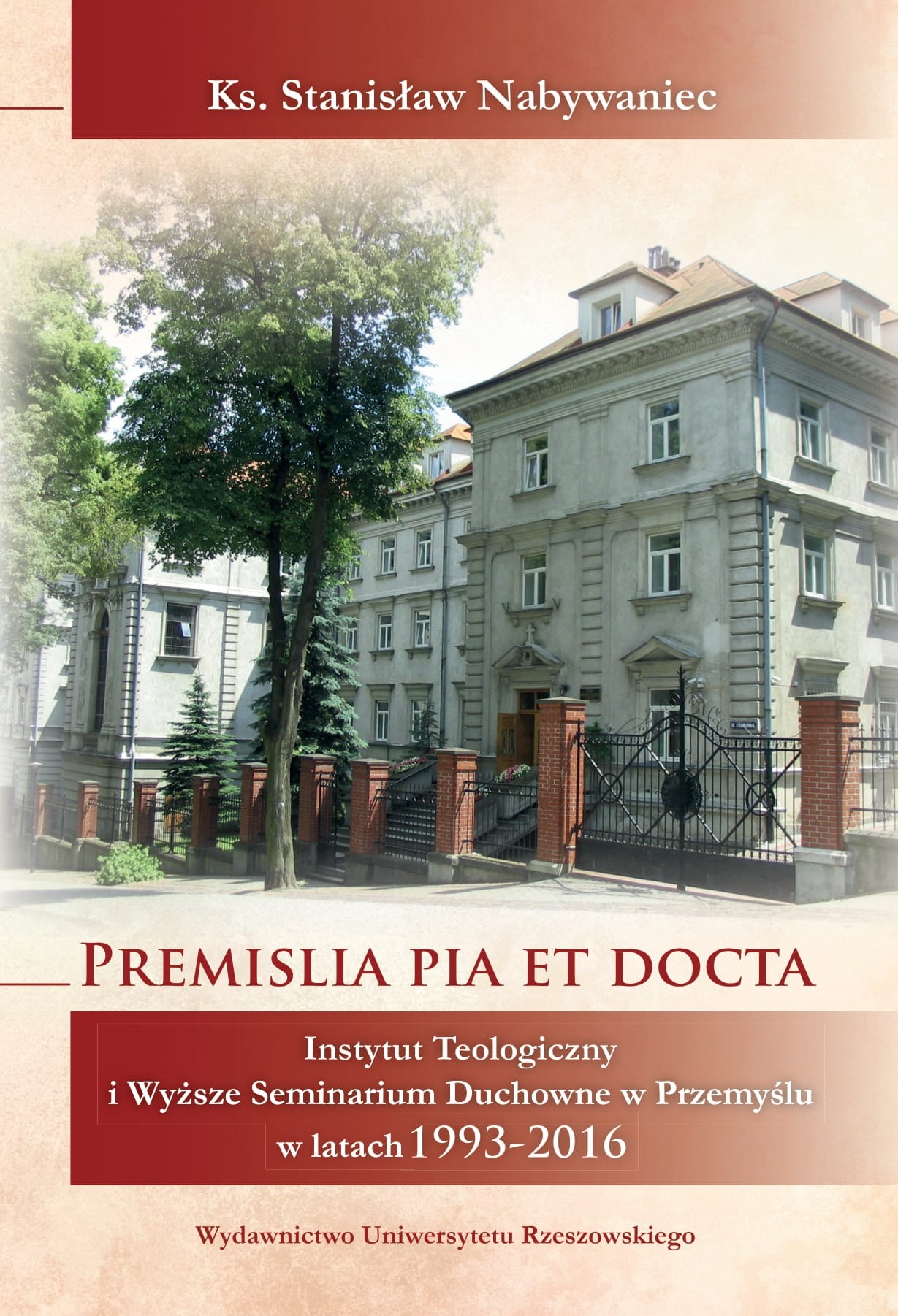
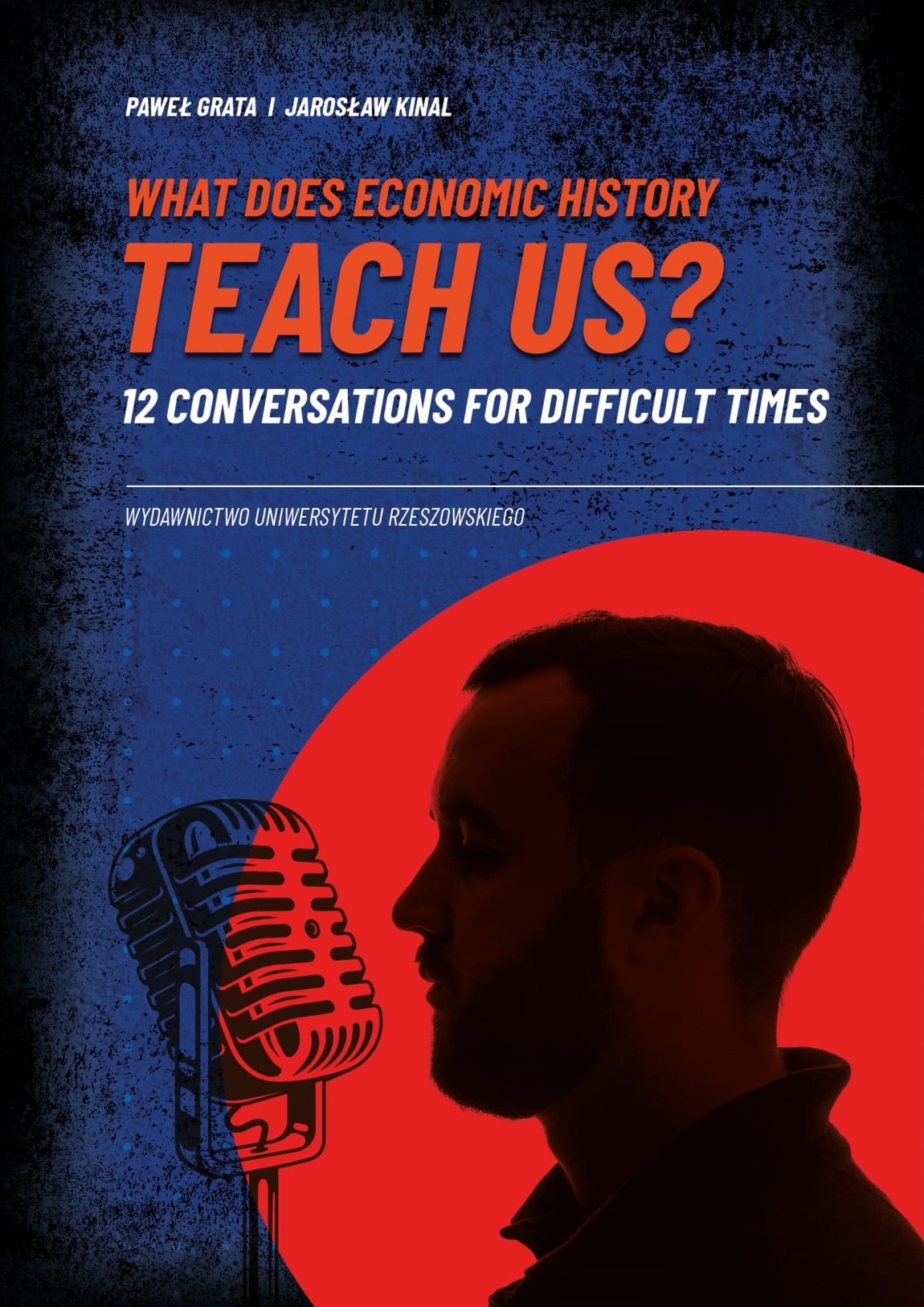

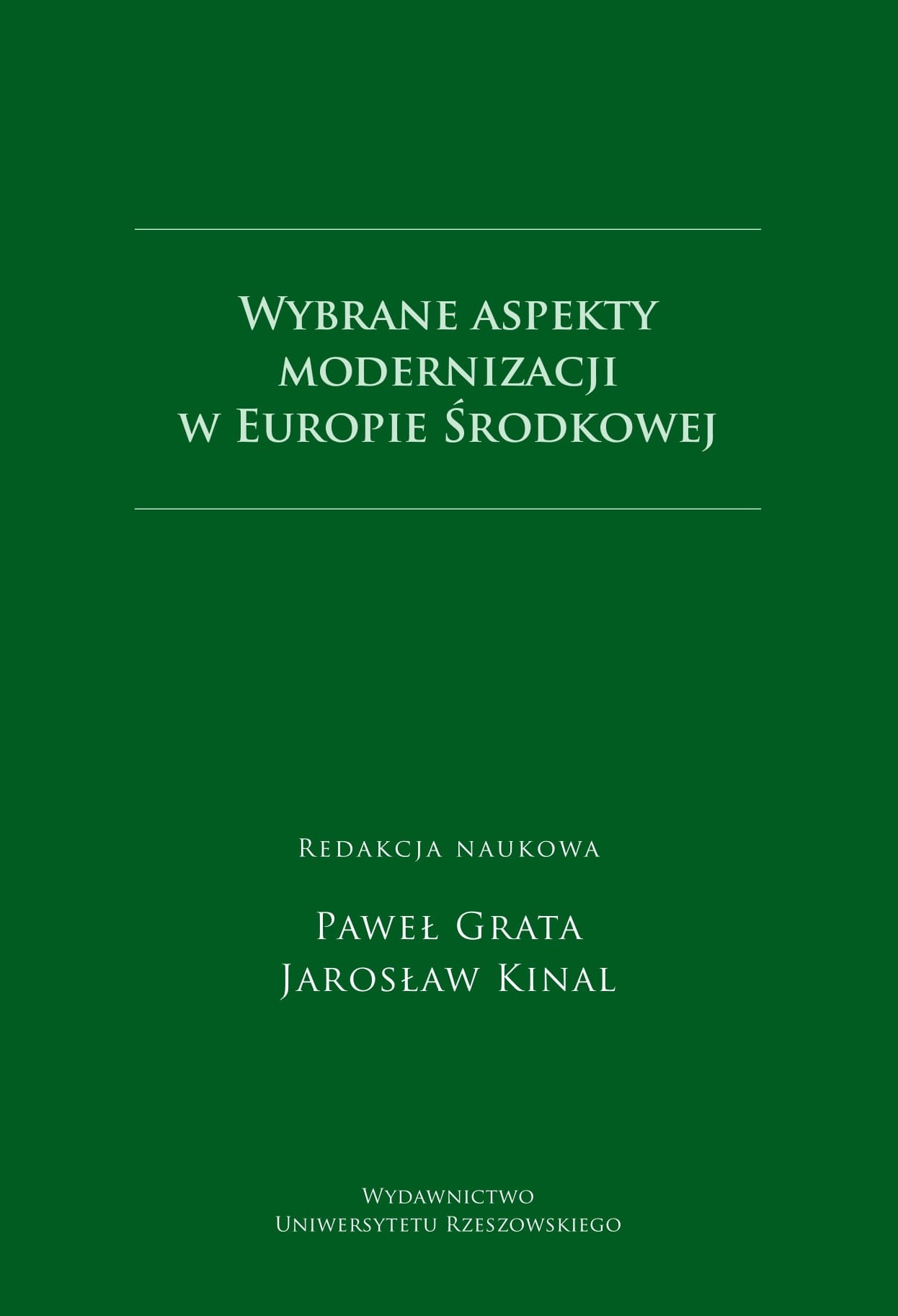
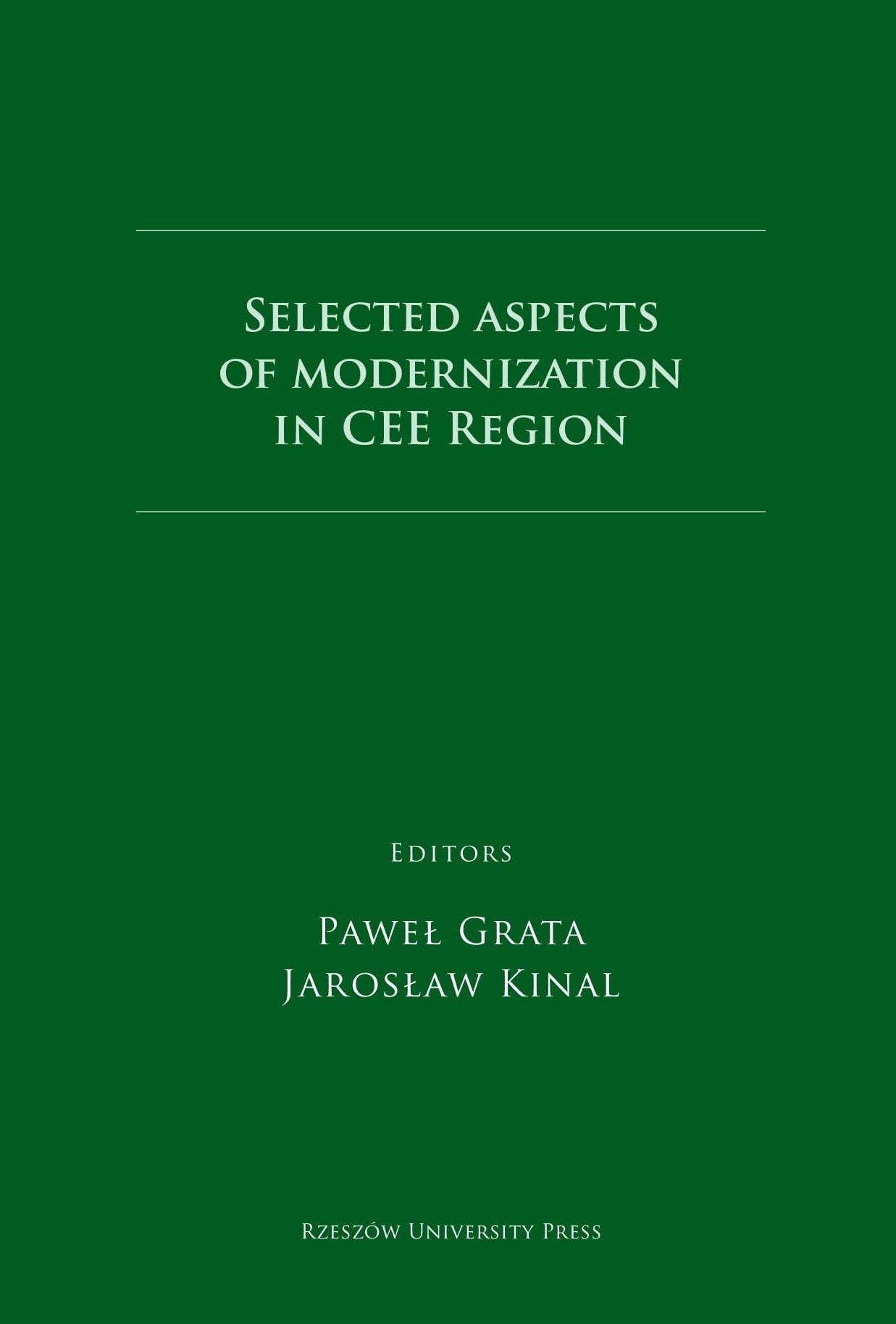
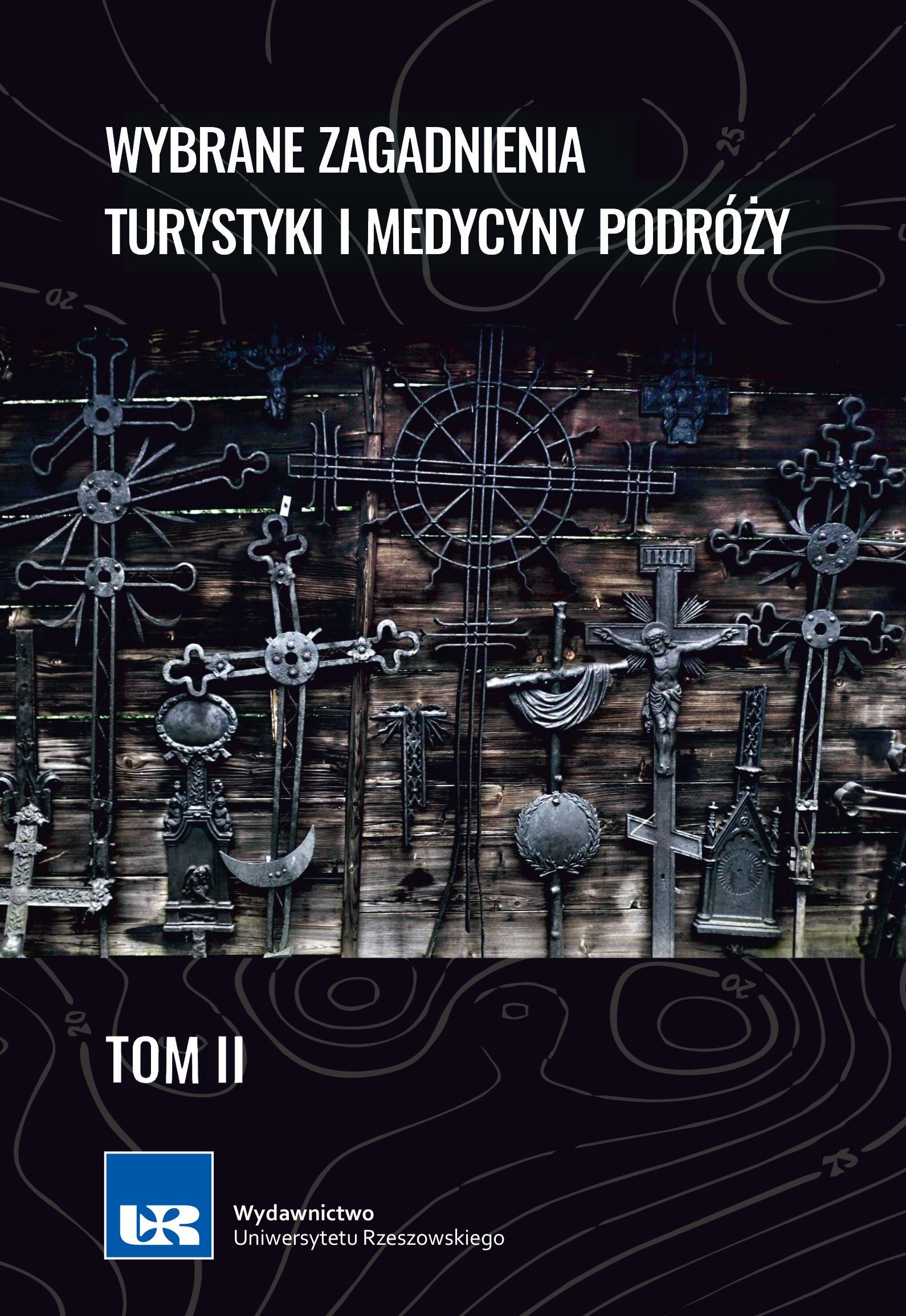
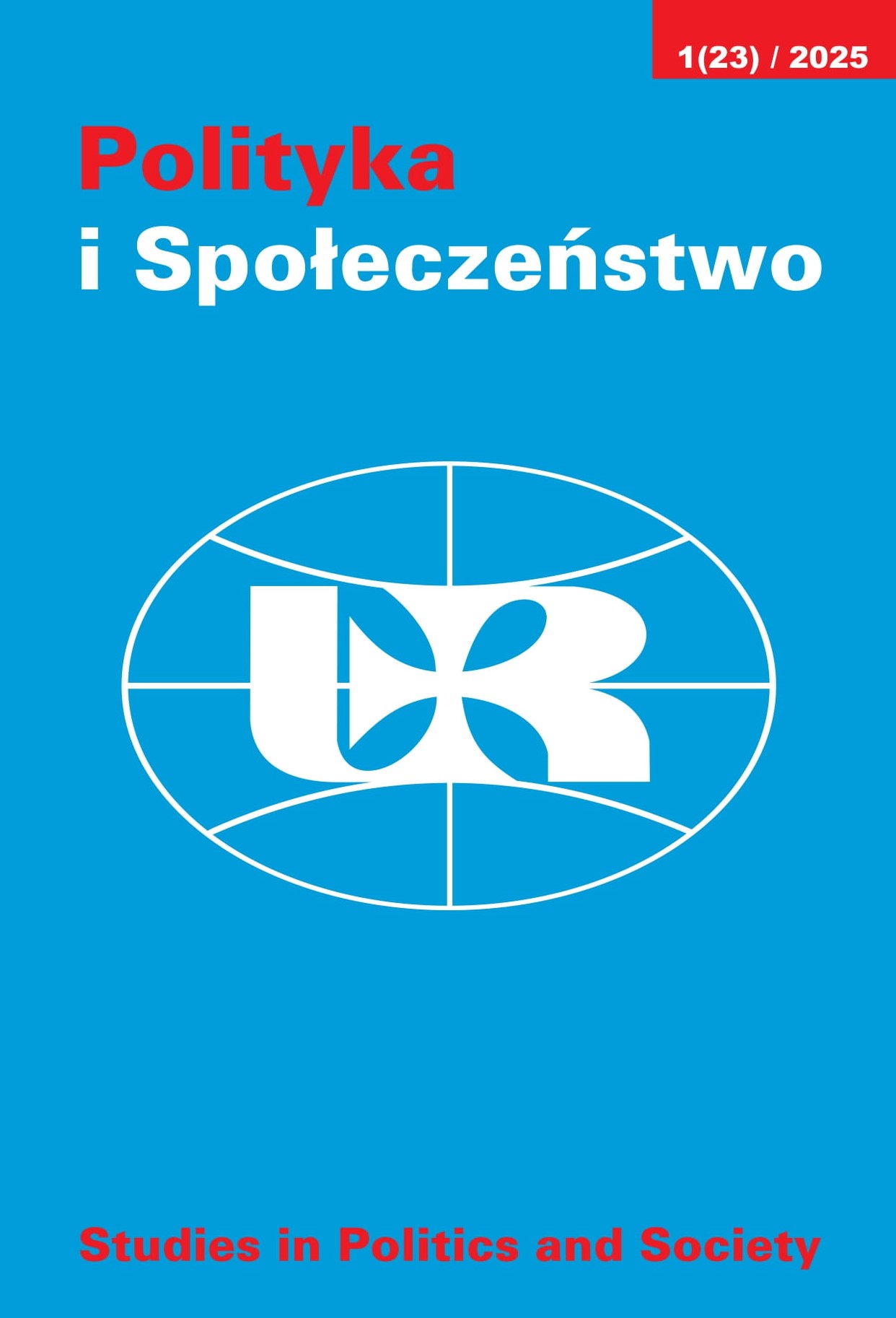
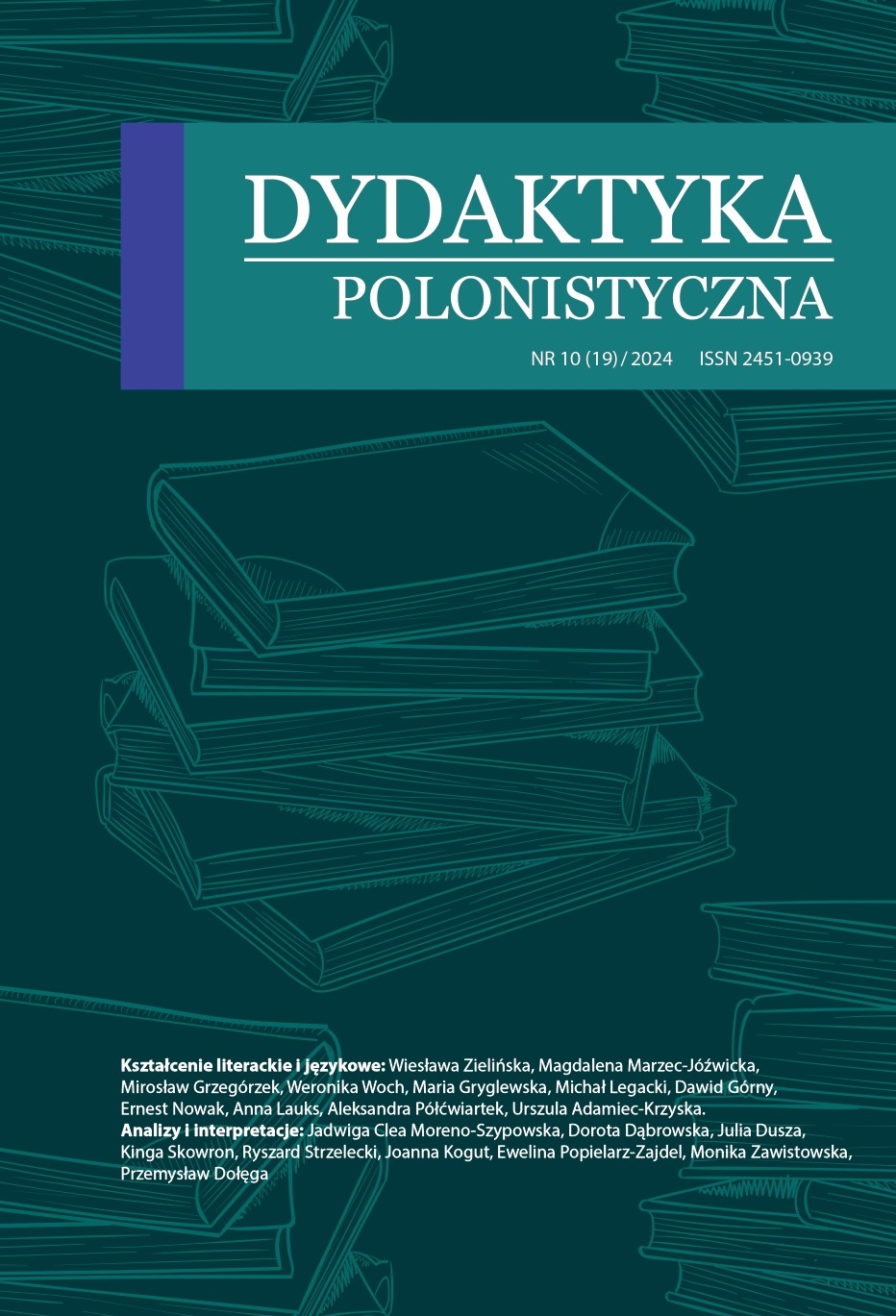
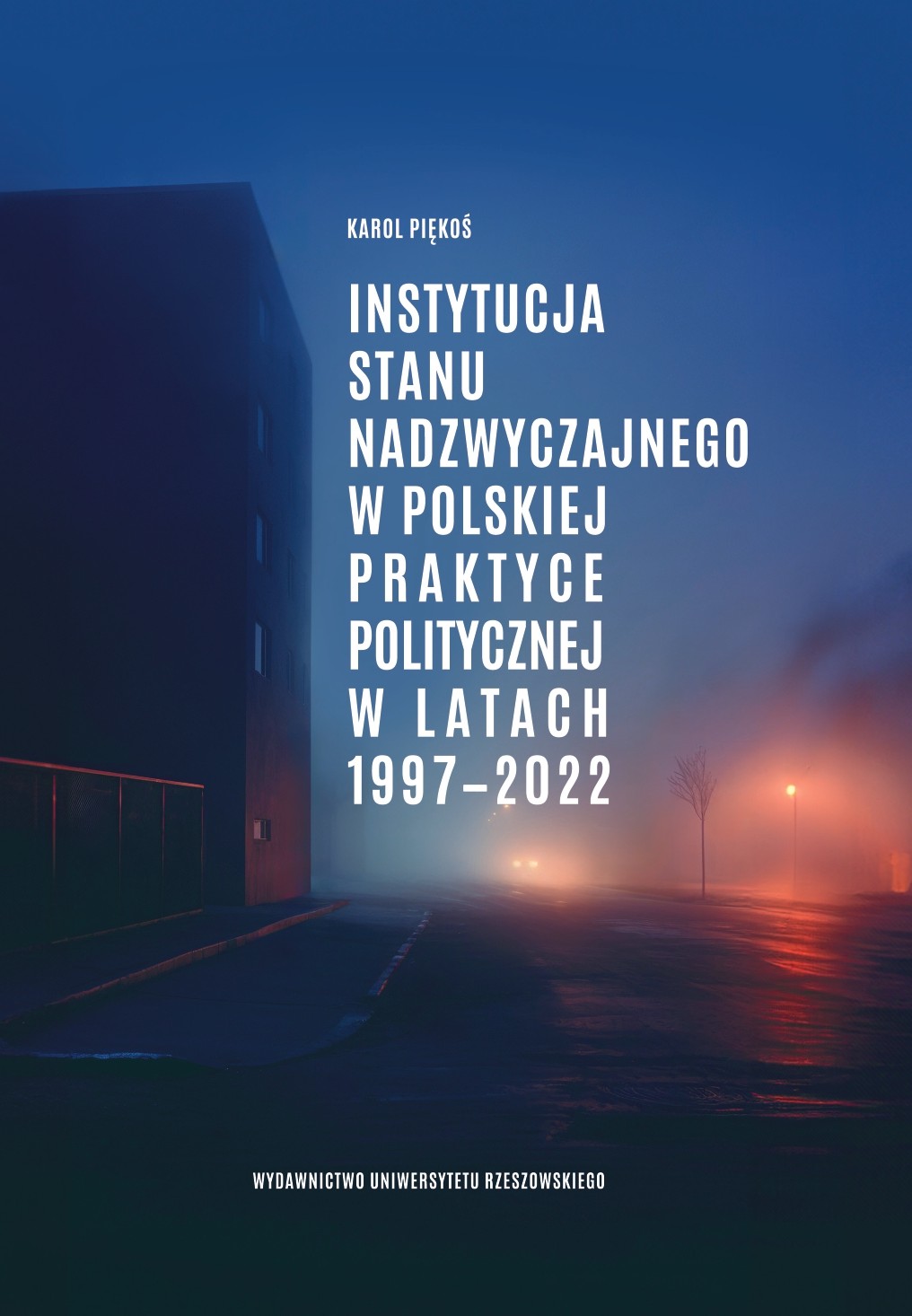
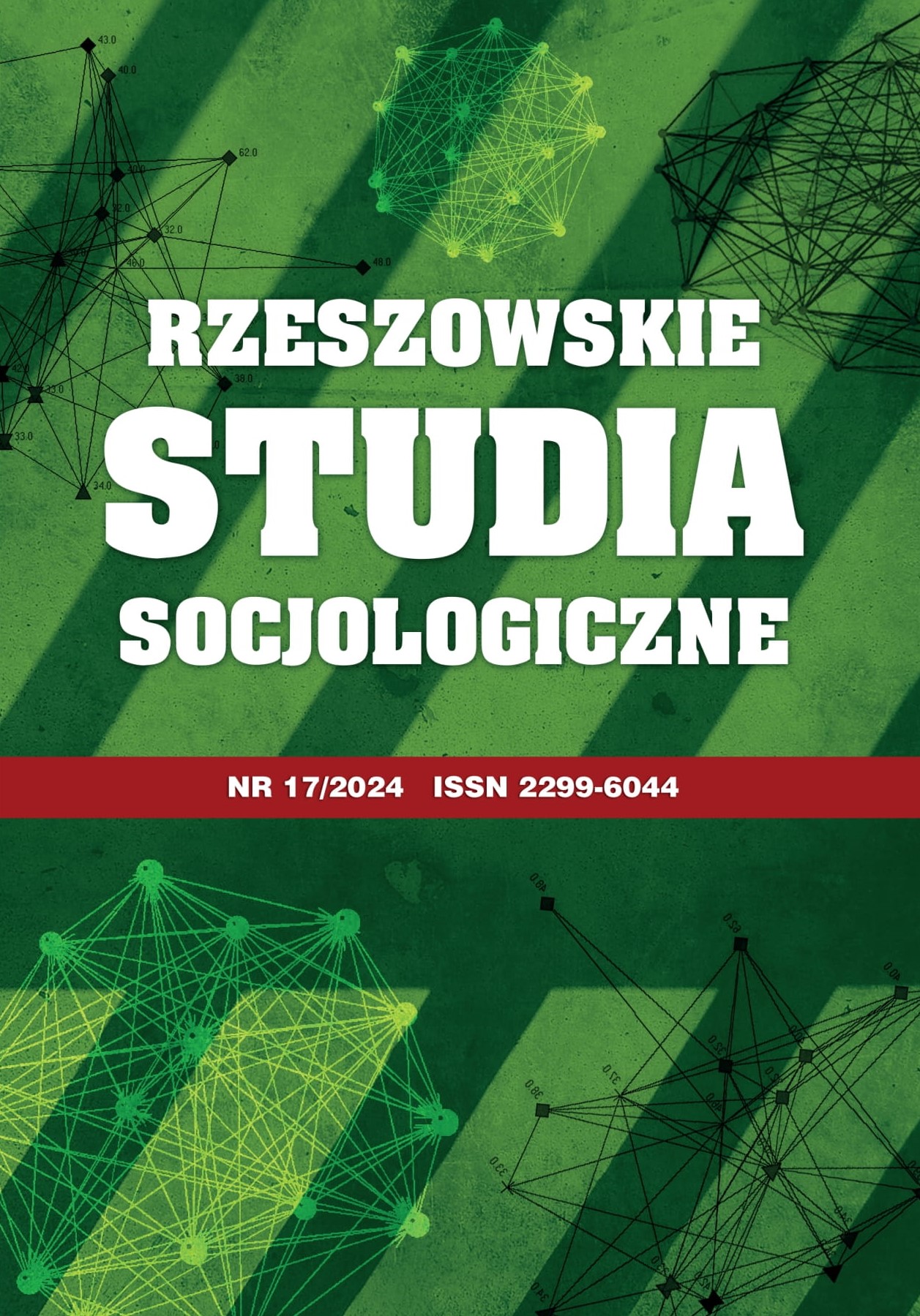

Copyright © 2025
wydawnictwo@ur.edu.pl
tel. 017 872 13 69 (Kolportaż)
tel. 017 872 14 37 (Dyrektor)
faks: 17 872 14 26
e-mail: wydawnictwo@ur.edu.pl
Adres:
ul. prof. St. Pigonia 6, 35-310 Rzeszów